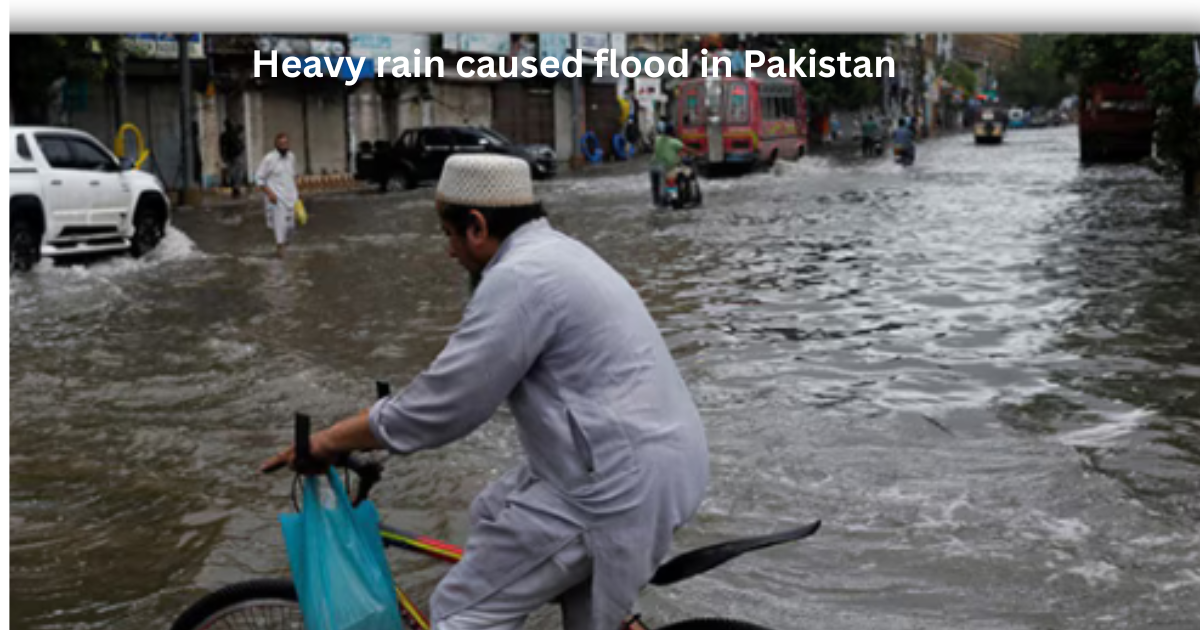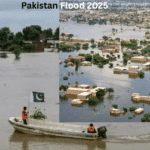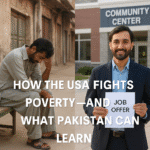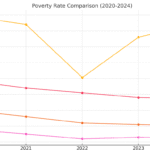A few days ago, heavy rain hit Pakistan, and videos from Lahore and across Punjab showed streets looking more like rivers. Social media was flooded with memes making fun of the situation. It was funny for a moment, but behind the jokes was a sad truth ,every year, we go through the same chaos, and monsoon season hasn’t even fully started yet.
I’ve been in the U.S. for some years now, and I’ve seen the difference. In Chicago, a city next to a huge lake and crossed by rivers, heavy rain barely disrupts life. Roads stay open, people keep moving, and flooding is rare. It’s not magic ,it’s preparation. So why can’t we do this in Pakistan?
The Hope: Start Small, Aim Big
Chicago didn’t always have it figured out. Years ago, they had floods too. Then they decided to fix it. They built underground storage for rainwater, planted more green areas to absorb water, and kept their drains clear.
Pakistan doesn’t need huge budgets to start improving. We can:
• Clear drains before the rains.
• Teach people not to throw trash in waterways.
• Turn empty plots into green spaces.
• Use simple tech for flood alerts.
Some towns are already trying. It’s not perfect, but it’s progress.
The Truth: We Already Know the Problem
Floods in Karachi and Lahore aren’t a surprise. They happen because drains are blocked, maintenance is ignored, and no one is held responsible.
Chicago learned it’s cheaper to prepare than to clean up after a flood. They act as if heavy rain is certain because it is.
Pakistan needs:
• A regular city maintenance plan.
• Flood alerts linked to quick action.
• Rules against building on waterways.
• Open data so people can report flood risks.
One reason progress is slow is because many people don’t feel ownership over their city. In the U.S., local governments are elected, so mayors and city councils are directly answerable to residents. In Pakistan, many cities and villages don’t have elected local governments, and without that accountability, officials often take no extra measures. Until leadership is answerable to the people, change will remain slow.
The Future: Let the Youth Lead
More than 60% of Pakistan’s population is young, and they give me hope. They are smart, connected, and not afraid to act , just like they showed in the 2024 election by using social media and apps to make their voices heard.
Living in Chicago has shown me how much students and communities can achieve when they take ownership. Here, schools run environmental clubs where students track rainfall, measure water levels in their neighborhoods, and share the data with the city. Universities hold design competitions for better drainage systems. Tech students create apps that warn residents when water levels are rising. Even scout groups and volunteers clean drains before storms to keep water flowing.
It’s not just government projects here ,it’s everyday people stepping up. That’s what we can learn from.
In Pakistan, schools and universities could start similar programs. Students could design low,cost flood barriers, map flood,prone areas, and use social media to report blocked sewers. Local volunteer groups could help keep drains clear before monsoon season starts. These actions may seem small, but together they make a real difference.
In Chicago, the success came from teamwork ,engineers, students, community leaders, and ordinary citizens all working toward the same goal. That’s a model we can adapt to our own cities.
Final Thoughts
Floods aren’t just about rain. They’re about preparation and priorities. And that means they can be solved.
I’ve seen in the U.S. how the right planning keeps cities safe. We don’t have to copy Chicago, but we can learn from their consistency and focus.
The rain will come. The choice is whether it will destroy our streets or flow safely away.










